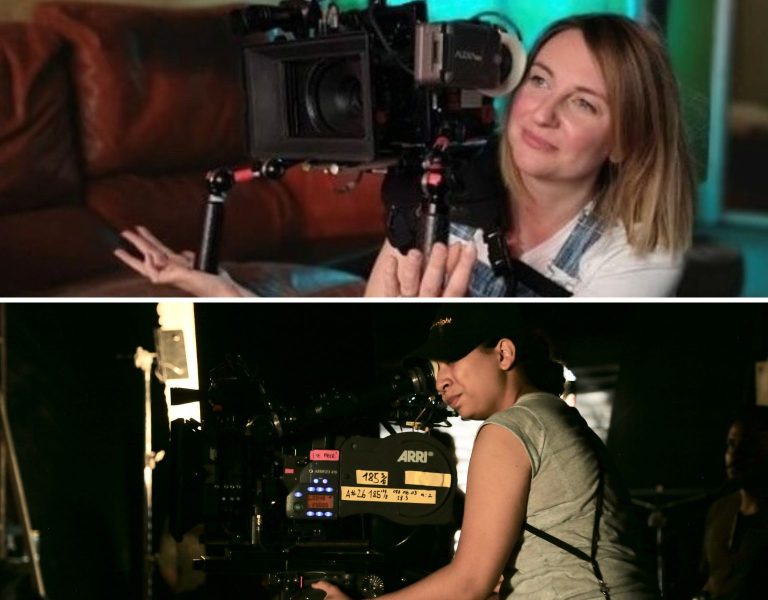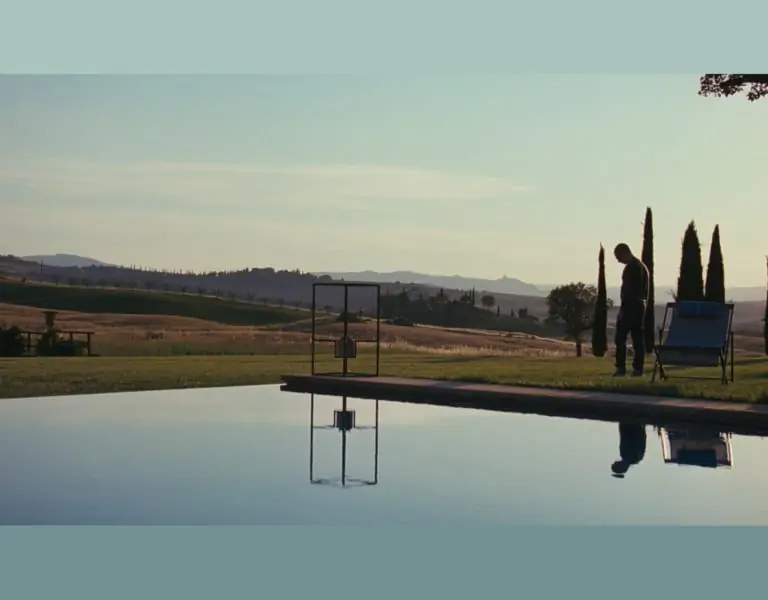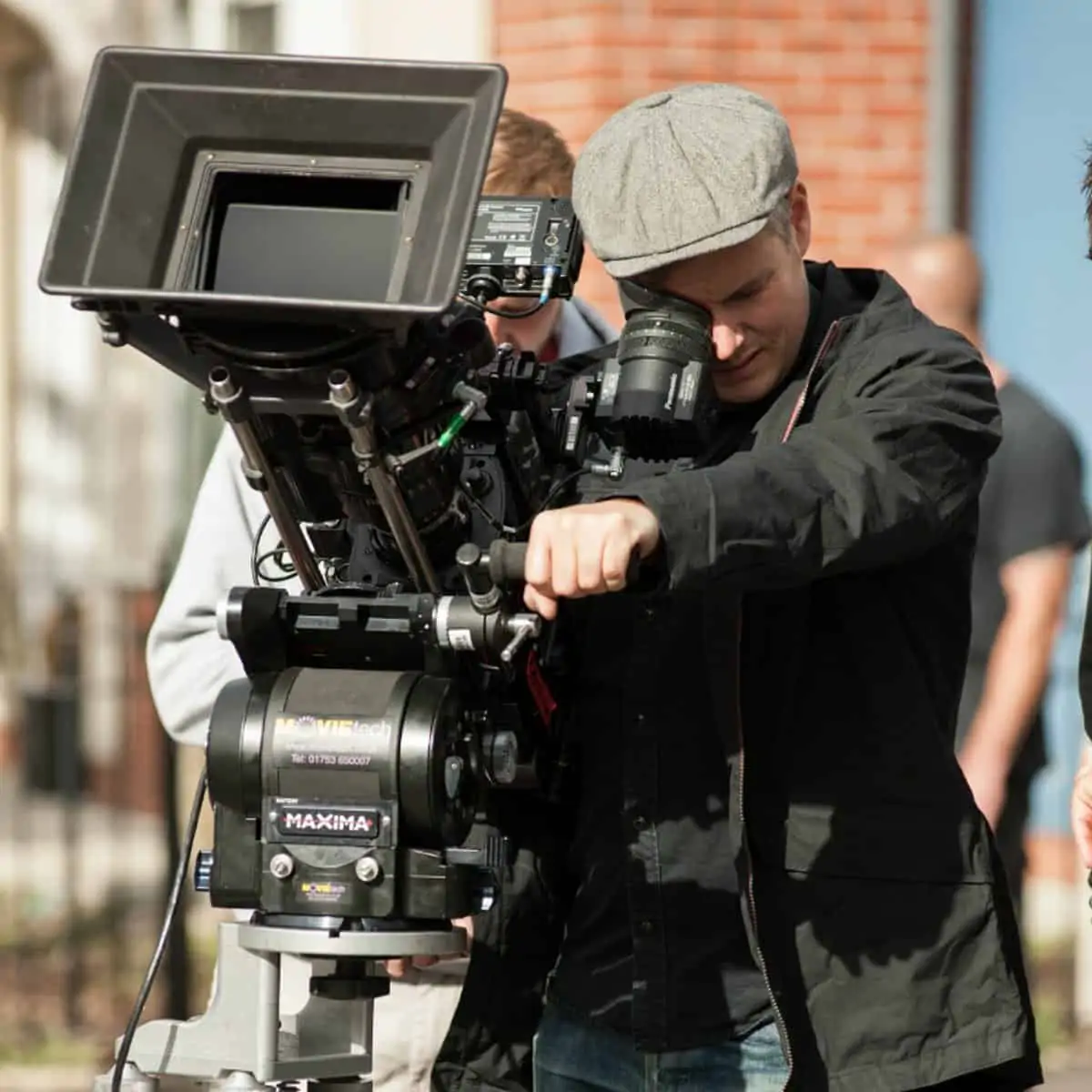Creating intimacy on screen for Somebody Somewhere
Jun 30, 2023
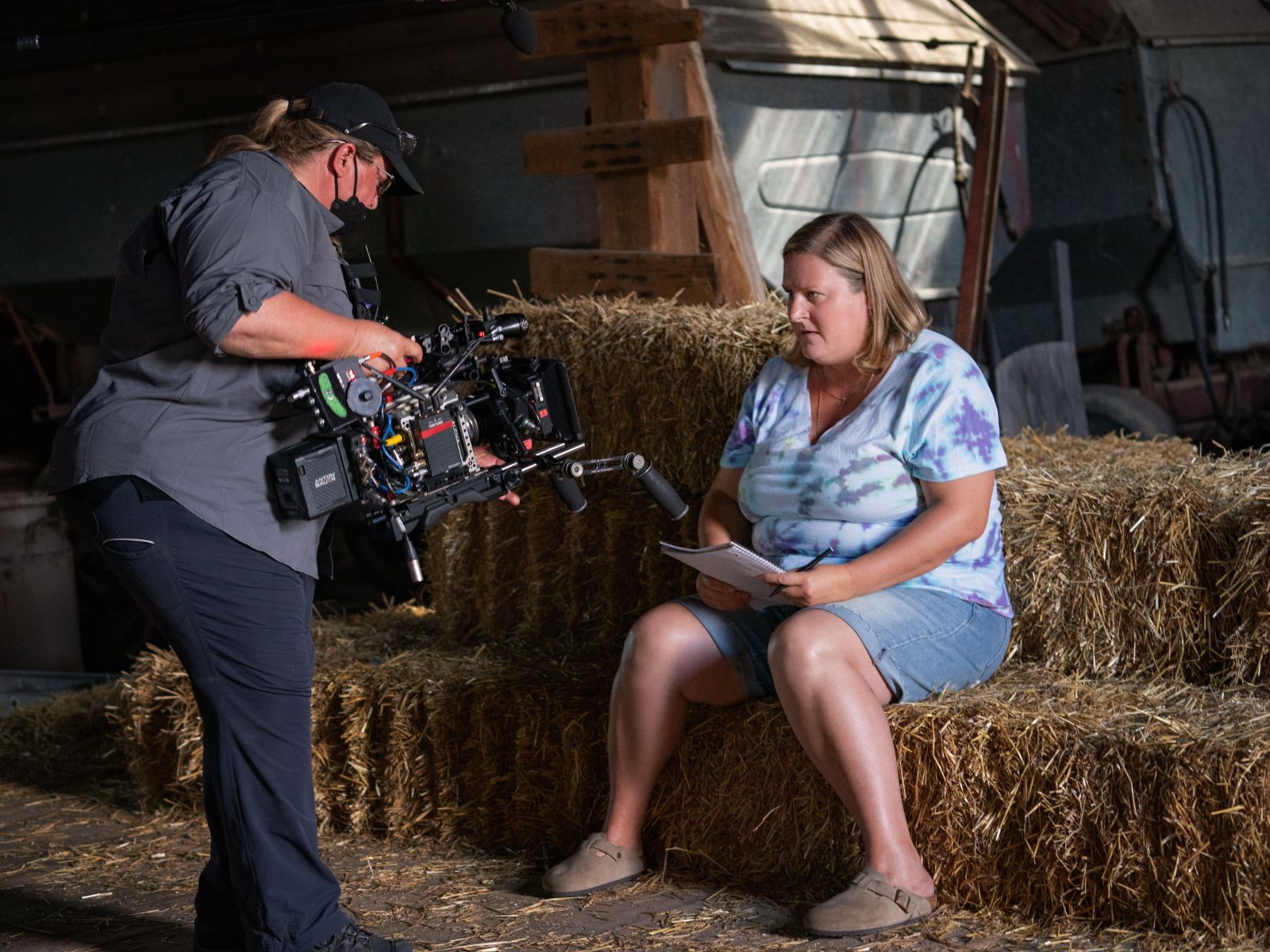
A conversation with cinematographer Shana Hagan ASC and Harbor’s senior colourist, Nick Hasson.
HBO’s Somebody Somewhere is a popular American comedy drama series. The second season has just finished airing and fans were recently delighted with the news that the series will return for a third season.
The series follows Sam, played by Bridget Everett, as she struggles to fit into her hometown’s mould and grapples with loss and acceptance.
The show’s first season saw the beginning of a powerful collaboration between cinematographer Shana Hagan ASC and colourist Nick Hasson and it would be easy to assume that the pair have been working together for some time.
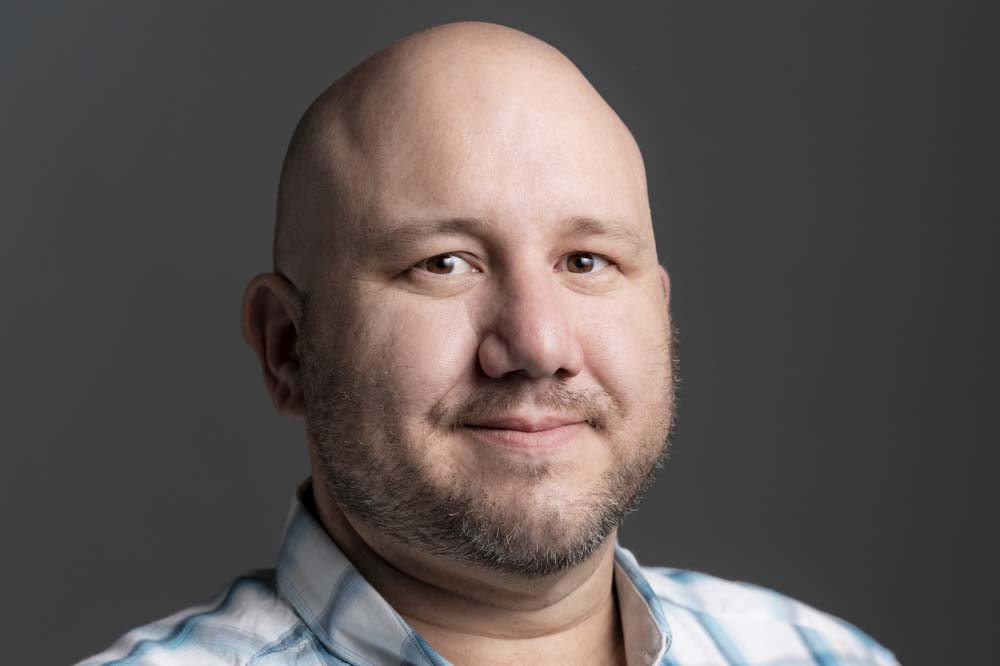
DEVELOPING LUTs
Hagan described the visual goal for the series as being a very unobtrusive, observational “friend in the room” approach, to allow the actors’ performances to shine.
The show was shot on the ALEXA Mini and recorded to QuickTime ProRes 4444. Season one was played a little wider with a few well-chosen close-ups. And in season two, as the characters grew closer to each other, Hagan found the camera coming closer too.
“No artifice, with mostly quiet, reactive handheld and the appearance of natural light,” she explains. “We want to make it look and feel simplistic and uncomplicated. The resulting visuals feel real and authentic – allowing the audience to connect with the story and our characters on a very deep level.”
Hasson was bought into the production early on, right after the pilot was shot, and – before the rest of the series had started filming – he and Hagan created two show LUTs. He conformed on Baselight from the original camera files and graded in Rec709 for an HD delivery.
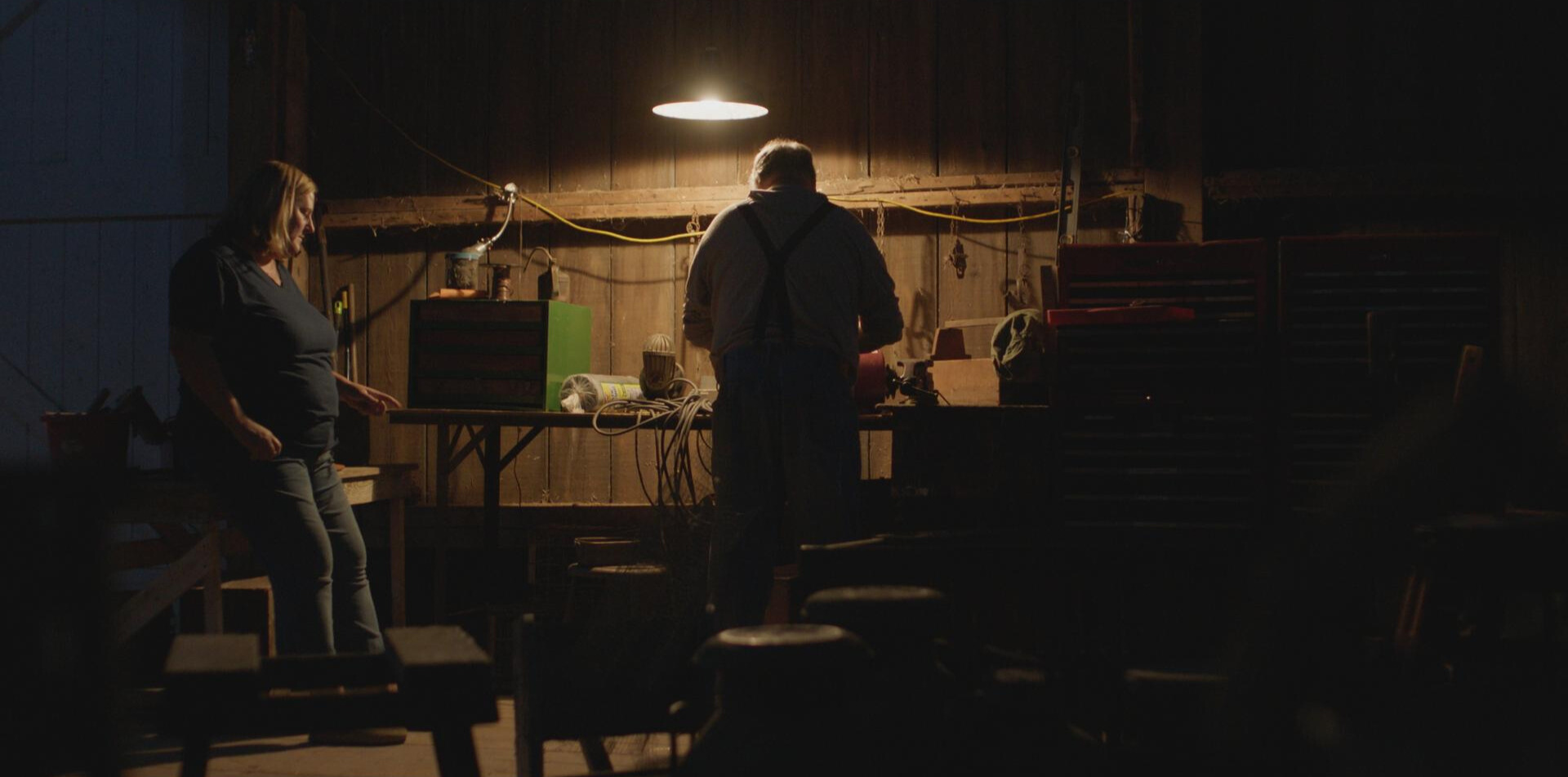
CREATING INTIMACY BEHIND THE CAMERA
Hagan operated the camera for every scene of the series. In her own words, there was an “intimacy that’s created with me behind the camera”. She described her love of being on the front line so she could make changes quickly, but also to “vibe and feel out a moment with an actor or actress”.
“When Bridget is performing and giving her absolute best emotionally, I’m just there. I’m feeling it,” explains Hagan. “I might do a little slow push in or slow creep around, in a reactive way. I would naturally lean in to get a little bit more, as if I were a friend in the room. I want them to feel that human connection behind the camera. I want to be that emotion, that intimacy that we’re creating.”
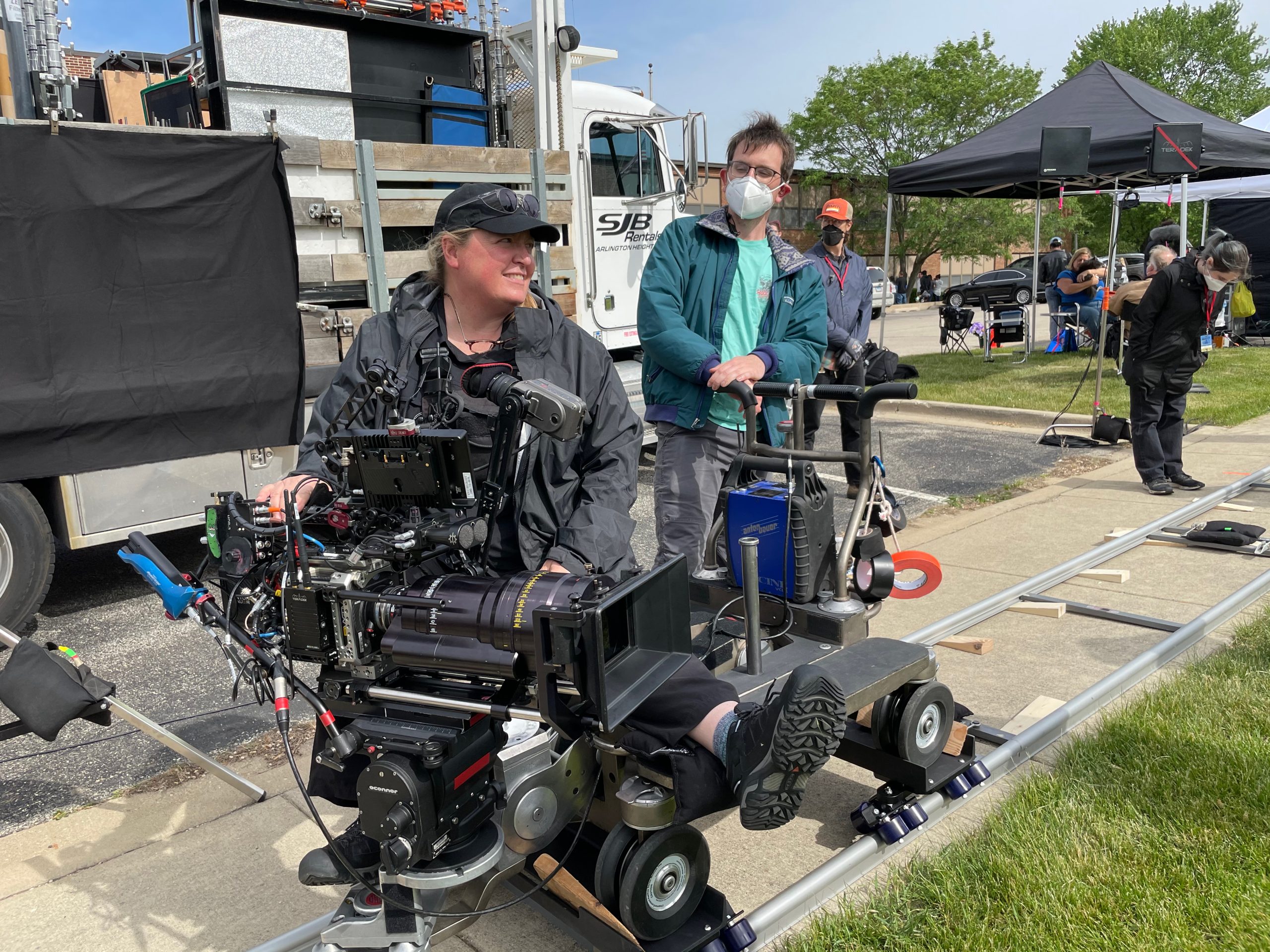
AN UNOBTRUSIVE GRADE
As the show is built around “very observational, grounded and intimate camera work,” Hasson and Hagan agreed the colour should be a slightly desaturated look to match.
Hagan described how the arc of the colour over season two follows that of the main character, Sam, as she grows more confident and begins to find her voice. Whether an intentional shift, the colour becomes more saturated as Sam finds community.
“The saturation starts to dial in for the second season,” explains Hagan. “In season two, Sam finds her voice, finds her community, and really solidifies deeper relationships with the people around her. Her world becomes a little bit bigger. Also, slightly more colourful. So, without going full Wizard of Oz – black and white to colour – it’s more of a slow shift from a deserted look at the beginning of season one where she’s in a horrible dead-end job. As she grows, there’s a slow increase in the saturation.”
Hasson added that the colour follows the emotional tone set as the series unfolds: “you can find your somebody somewhere. Anywhere. And that that arc follows her as she starts to open up. I think the visual language opens up as well, with more colour and light. The camera work even gets a little more open and intimate as we go along.”
The overall goal of the grade for this series is, as Hasson put it, “try hard to be simple.” One of the great strengths of the show, the duo explained, was its insistence on character.
“The look of the show should never be in the way of the emotion of the show,” says Hasson. “We wanted to keep the characters based in reality. I don’t want to say it’s like a doc look, because it’s really not, but by stripping the cinematography down to the most raw and natural level, we can make you feel that you’re in the room with these people – like they’re your neighbours or your friends.”
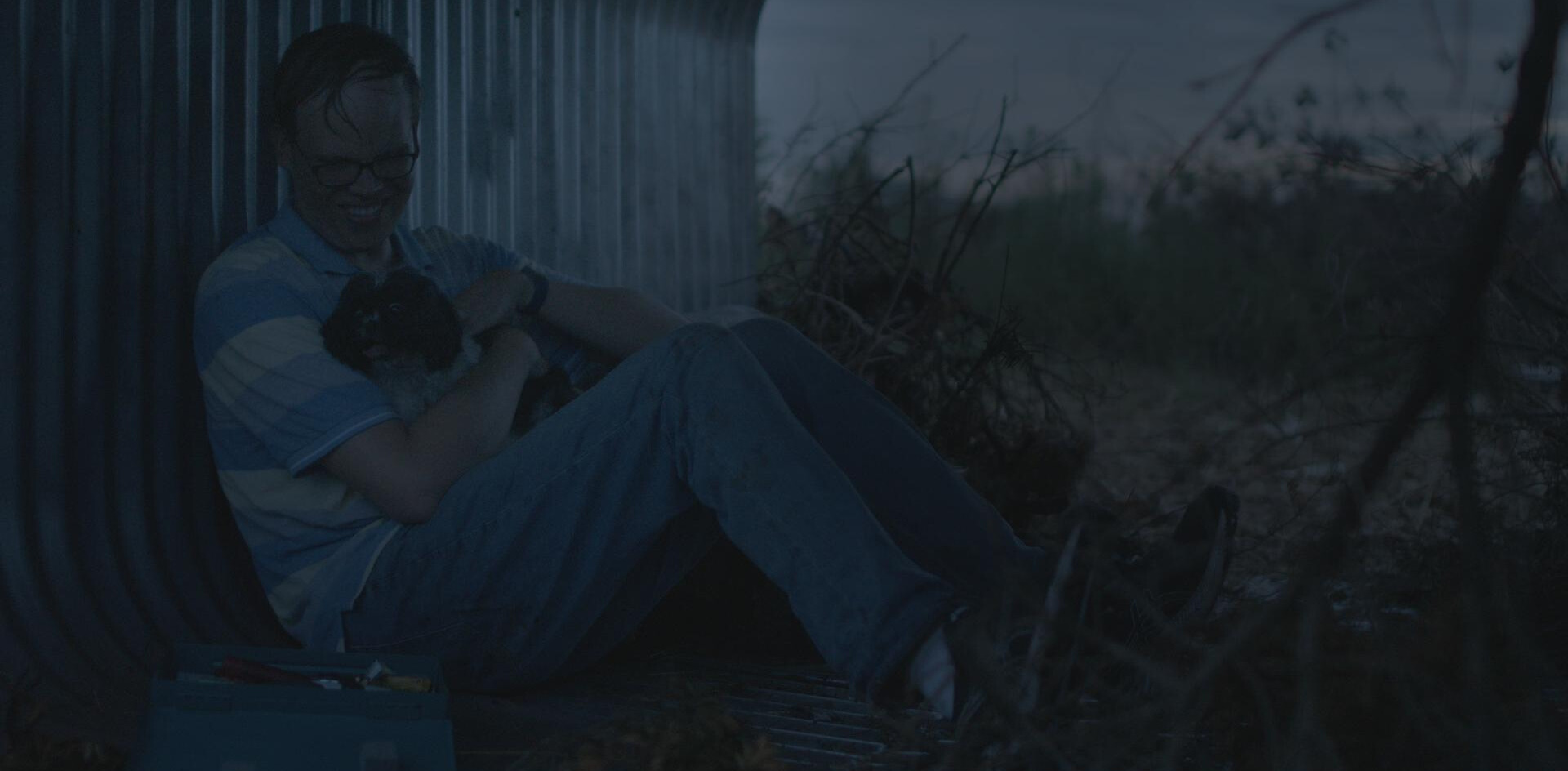
CAPTURED IN CAMERA
Influenced by Hagan’s strong background in shooting documentaries, 90% of the show was captured in camera and not edited a lot in post.
“It’s impressive,” comments Hasson. “Shana doesn’t want to change what she shot. She shoots exactly what she likes, and obviously we polish, touch-up, and clean.”
Hasson remarked that there were instances in which he would have to stop himself from tearing the images apart. Deciding ultimately that “this is the way that everyone’s going to reach into the character, and this is what serves the story the best. That it’s just kind of set from camera. We know what the mood is and obviously we’re tweaking things for balance and to direct a viewer’s focus here or there. But for the most part, I think Shana nails it.”
With no DIT on set, Hagan relied on her own experience to keep the highlights under control – or blow them out, when needed – and to keep the lighting levels where she wanted them.
“My amazing gaffer, Z. Alex Jones, would keep his eyes on our calibrated OLEDs to make sure we were in range with the colour temp of the lighting on set, and I’d keep my eyes on the exposure and the in-camera colour temp,” explains Hagan. “Most of the lighting for our interiors was source driven – large heads through existing windows and boosted on-set practicals.”
The team shoot the series with two cameras and Hagan prefers to light the scene rather than the individual set-ups.
“I encouraged the use of existing light sources, adds Hagan. “When going in for tighter coverage, we’d pop new lenses on and go again quite quickly, without massive lighting tweaks nor a loss of momentum. The actors loved it and we were successful in maintaining the observational, ‘friend in the room’ aesthetic we were going for.”
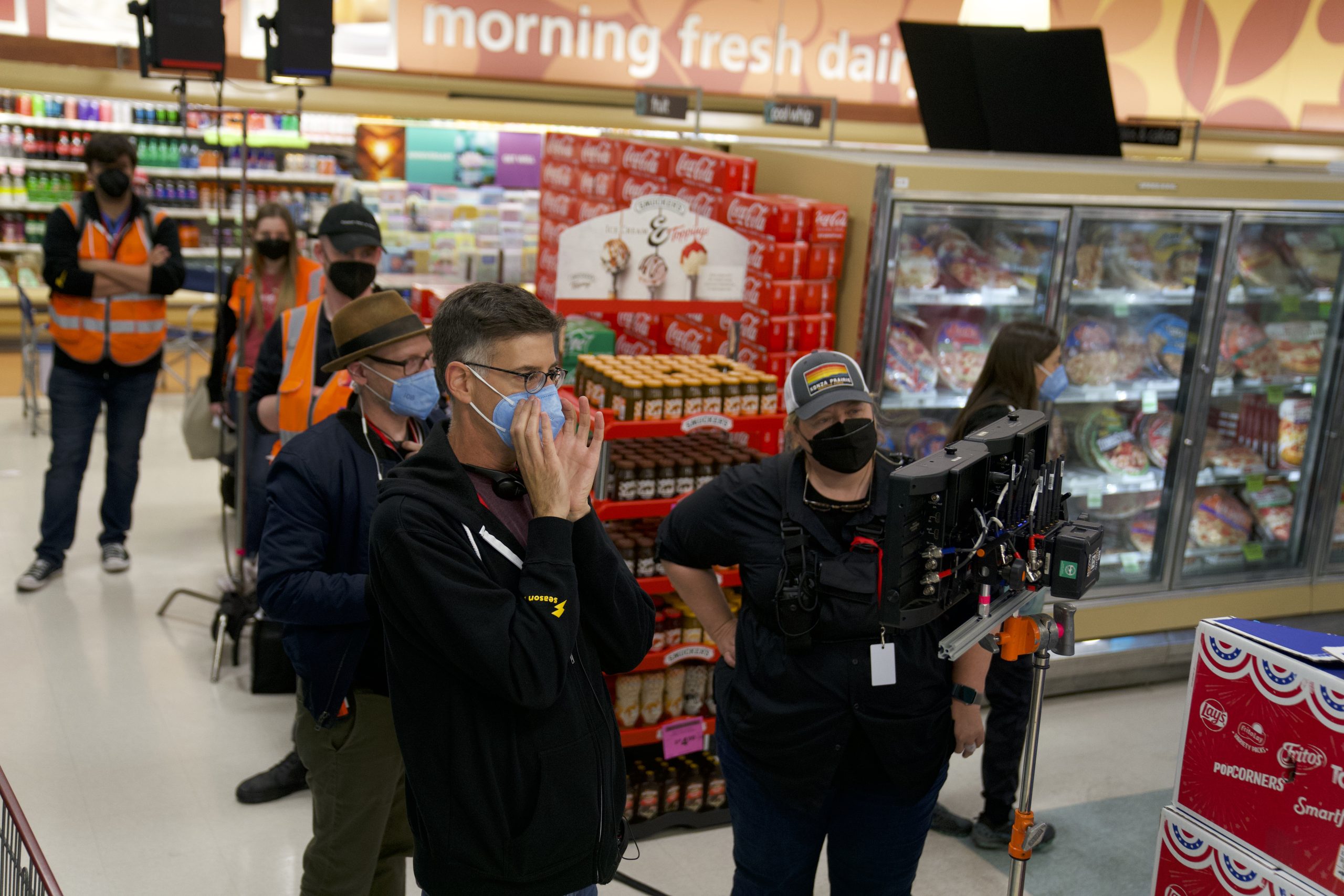
ONE CAMERA, TWO LENSES
A key challenge for Hasson was matching shots that were collected on the same camera with different lenses. Hagan shoots the show with what she described as “basically old, refurbished ultra and super speed primes from Panavision”, which they referred to as legacy primes.
Hagan used these legacy prime lenses for principal photography (shot outside Chicago as a stand-in for pastoral Kansas) and used a modern zoom lens for B-roll (shot by Hagan and a 2nd unit team in Kansas).
It was then down to Hasson to match the contrast and grain, pulling those two lenses together. To do this, he turned to Baselight’s Base Grade and sophisticated toolset.
“Sometimes I blurred the edges a bit because the zoom is a little bit sharper,” he explains. “Baselight’s balance tool in Base Grade, as well as the Hue Shift tool, allowed me to match small details perfectly – I lived in Base Grade and Hue Shift on this show.”
“Another challenging part of the grade was the time constraints,” adds Hasson. “But Baselight’s tools and flexibility are so fast at grading and I utilised group grading to make changes instantly.”
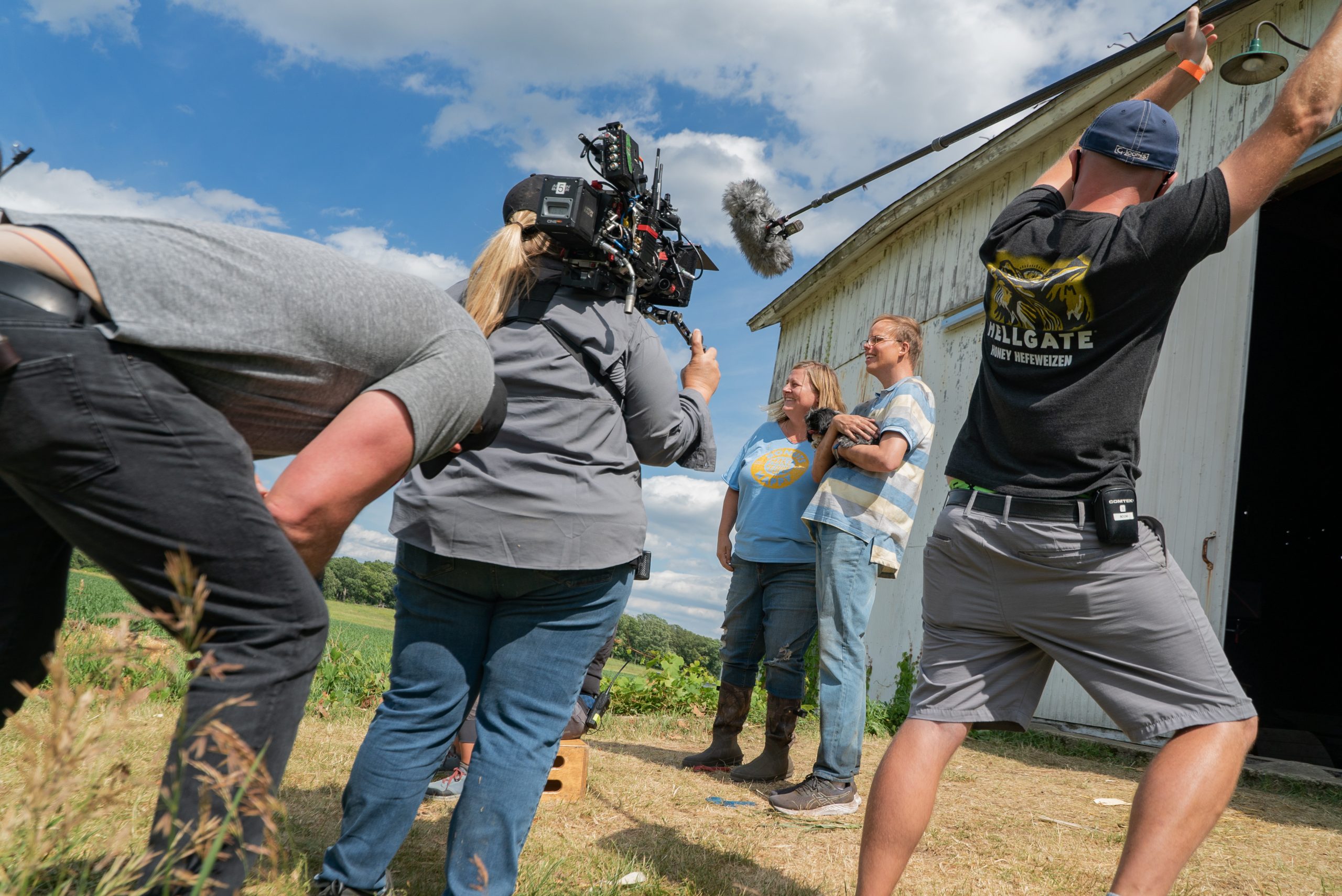
A TRUE COLLABORATION
Hagan’s connection and understanding of her characters is so strong that the deepest level of emotion is conveyed on screen. There is a clear intention and humanistic look for this show, so successfully achieved through Hagan and Hasson’s collaboration, which holds up the beauty and rawness of the series.
“Nick has been an incredible collaborator since the beginning,” commented Hagan. “I love our working relationship. We bounce ideas off each other and it’s just so easy to work together. I was shooting another show when we were doing the final colour for season two, so Harbor sent me a calibrated iPad and we did live remote sessions while I was on location with the other show. The colour grading went so smoothly it felt like we were in the same room.”
“The entire show was a rewarding experience,” concludes Hasson. “Helping tell these characters’ stories and working with this talented creative team was a joy.”
Somebody Somewhere season two is available on Sky Comedy and streaming service NOW.







